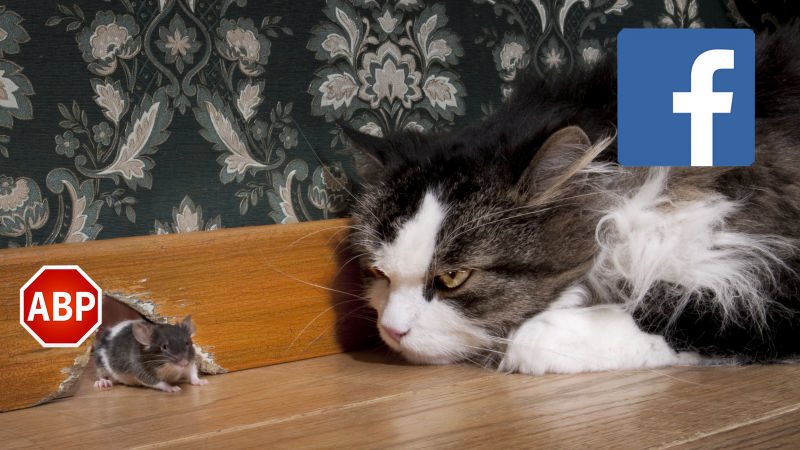Created the first "perceptual" ad blocker that does not depend on page markup

As practice shows, the struggle of advertising blockers with advertising turns into an endless arms race . Publishers are rolling out new ad formats that are difficult to distinguish from custom content. And ad blockers quickly find ways to define and block these formats. In turn, the publishers again change the code to bypass the filters. And so on to infinity.
The developers of the first perceptual ad blocker believe that this cat-and-mouse game won't last forever. Experts from Princeton and Stanford universities offer a radically different approach to blocking banners - to recognize advertising not by HTML markup, but by visual advertising markers. Just like people do. This negates the attempts of some sites to introduce blocking of ad blockers.
The idea is based on a basic premise. In accordance with regulatory documents, publishers are obliged to explicitly allocate advertising so that it is distinguishable by people. If a person can distinguish it, then the computer can.
Researchers believe that the current “arms race” between publishers and developers of ad blockers is a security issue . First, blockers can be considered a function that improves the security of the system, since it does not allow the execution of potentially malicious scripts on a computer. Secondly, the game of cat and mouse resembles the eternal struggle of viruses with antiviruses: these are mutually hostile processes that are performed in a common environment - in the browser. But legal regulation binds the publishers, so ad blockers get a big deal when compared to antivirus.
')
In this mutual struggle, all the same, the blockers have more privileges in the system, so the last word is always behind them. That is, in this system of four states, which is a complete model of the system, blockers must win in the end (states 2 and 4).

This model is divided into three “mini-battles”, which are relatively easy to analyze, write the authors of the scientific work .
The perceptual ad blocker architecture is depicted in the illustration below. The bulk of the work is done in the “perceptual library”, which must quickly adapt to new advertising marking techniques.

For example, Facebook marks banner ads in several ways at once, which are easily identified and recognized by the perceptual blocker.

So far, the authors have released an innovative blocker only as an extension for Chrome Facebook Ad Highlighter . The very first preliminary version was released on August 11, 2016. It was minimally dependent on HTML markup analysis. Interestingly, Facebook noticed the appearance of a new tool - and changed the markup to bypass the perceptual blocker. In response, the authors of scientific work have released a new version, in which the dependence on markup is completely removed. True, the expansion is now limited functionality. It only allocates advertising, but does not cut it from the page. This was done on purpose, because scientists do not want to get involved in ethical conflicts, says one of the authors.

Since there are not so many ways to mark ads on the Internet, this blocker is a fairly universal tool and very lightweight. You do not need to update it often, and each new module (against the new tagging technique) requires only a few dozen lines of code. During testing, he successfully blocked ads on 50 out of 50 tested sites.
Tests have shown that the blocker slows down the page loading by only 0.53 ± 0.15 s. But this is only if you disable the OCR text recognition engine, which rather slows down the work (about +1 s more). But the blocker showed about the same high efficiency even with the OCR module disabled. The developers say that if you implement native text recognition, then the performance should greatly increase, because they used a JavaScript implementation in their concept. Testing the implementation of Tesseract C ++ showed a speed of about 10 times higher than in JavaScript.
Despite this slight slowdown in download speed, users still win, because banner ads and scripts on the page themselves slow down the pages by an average of 44% , besides they overload the CPU, which leads to unnecessary battery consumption on mobile devices. devices. And as mentioned above, they themselves pose a security risk, because malicious code often spreads through banner networks, not to mention spying on users through tracking cookies.
According to some experts, online advertising is now a serious problem and conflict. This conflict is not at all between users and advertisers, but between advertisers and publishers. Advertisers are very upset by the fact that online advertising causes problems for users, poses a threat to privacy and security. They do not need such advertising. And this is a problem for publishers who cannot offer sane formats. In this sense, ad blockers eliminate the imbalance and help find an acceptable solution for introducing more adequate advertising.
Source: https://habr.com/ru/post/403255/
All Articles